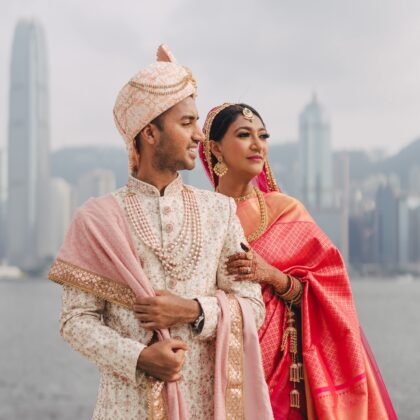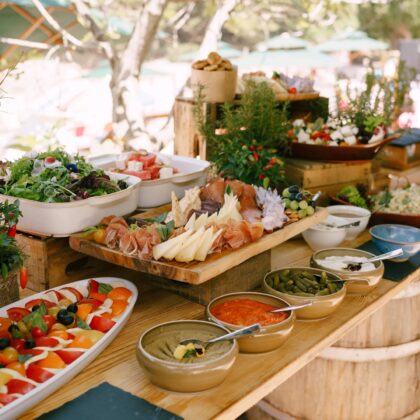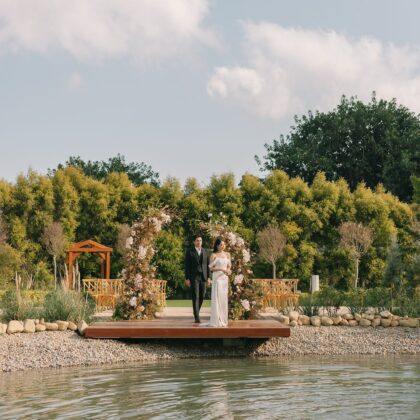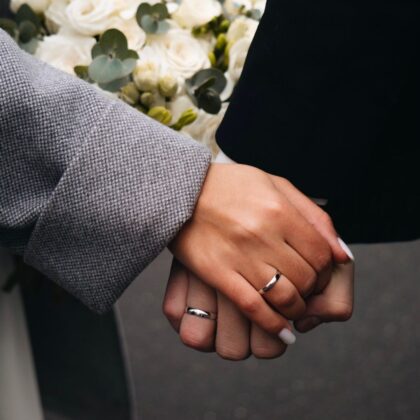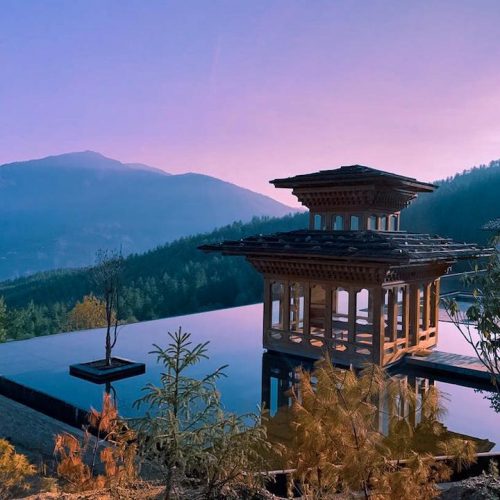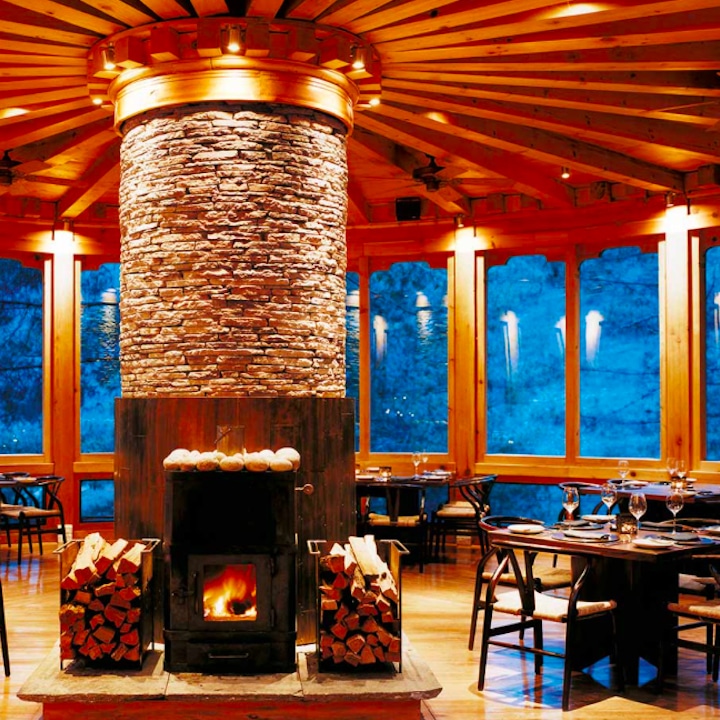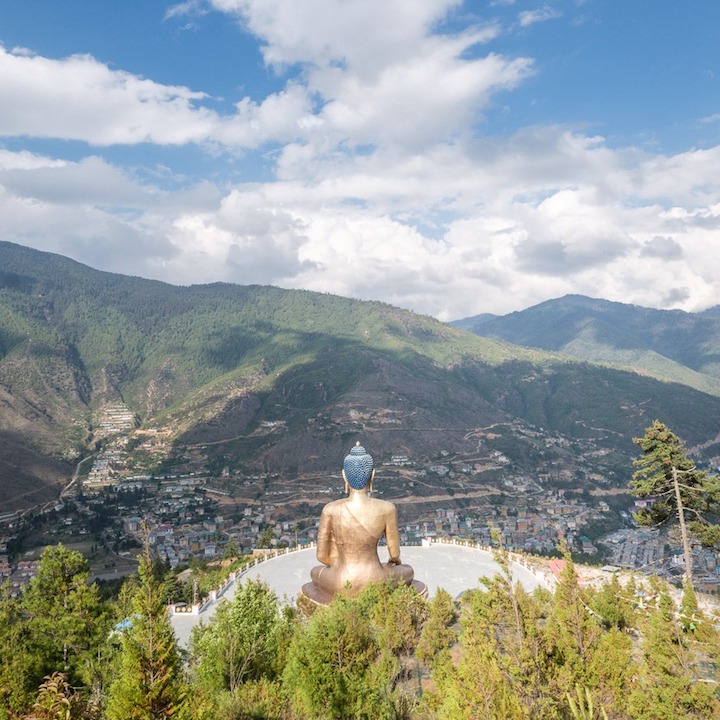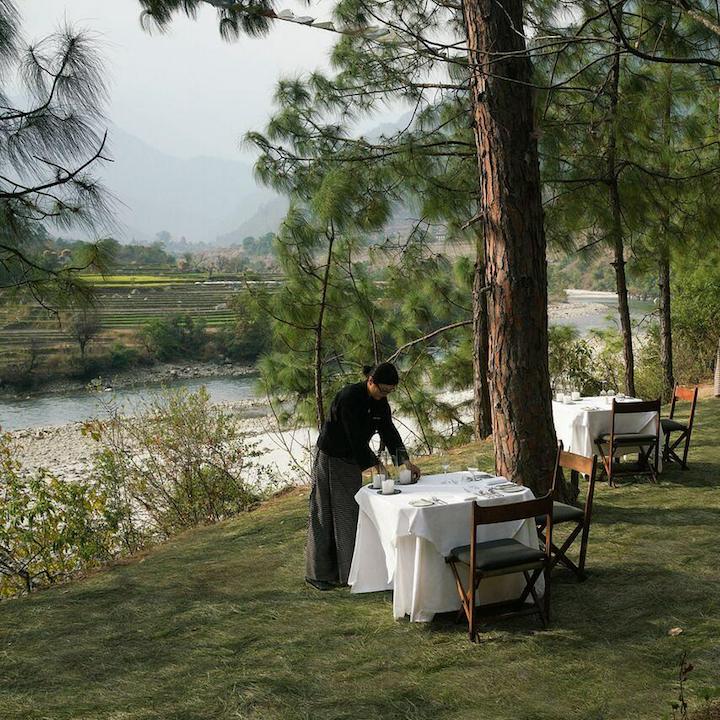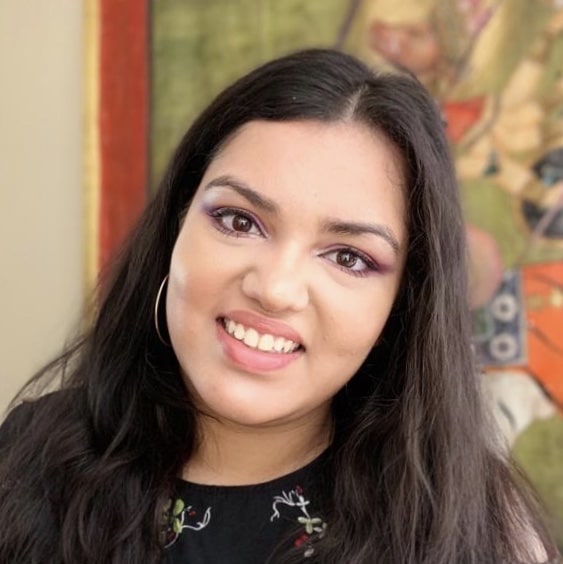Looking for your next bucket-list location? Bhutan is only a flight away!
Breathtaking and seriously eco-friendly, Bhutan is often called the “Last Shangri-La”. Magical experiences are guaranteed in this Himalayan kingdom, with treks to ancient Buddhist monasteries, bike rides through mighty mountains, walks through stunning valleys, spas surrounded by other-worldly scenery and plenty of local culture to immerse yourself in.
Planning & Prep:
Keep two things in mind before planning a trip to Bhutan: one, the number of travellers allowed into the country is restricted, and two, you’ll likely want to buy a travel package with a local travel agent. Packages include everything from local transportation and meals, to daily itineraries from the time you touchdown to when you depart.
Once this bit is sorted, experienced agents will hold your hand through it all. Working with the guides at Mezmer Journeys, I’ve seen how meticulously planned bespoke itineraries can be. Whether you’re interested in experiencing private blessings at a monastery, luxurious picnics on the banks of sparkling rivers or bonfires under starry skies, no two journeys are the same.
Getting there:
Both land and air routes are the way into this land-locked country. Druk Air, the national carrier, and Bhutan Airlines, both operate several flights per week from Bangkok (Thailand), Delhi & Kolkata (India) and Kathmandu (Nepal) into Paro City, a key cultural centre. Paro International Airport has one of the most challenging (but spectacular) runways in the world.
Recommended routes:
Fly to: Paro International Airport via Suvarnabhumi Airport, Bangkok
Flight Duration: 5 hours 55 mins
or
Fly to: Paro International Airport via Netaji Subhas Chandra Bose International Airport, Kolkota
Flight Duration: 5 hours 35 mins
Paro, Thimphu & Punakha
You can pick either Thimphu, one of the world’s smallest capital cities, or Paro as your starting base. Both offer a range of international chains and boutique hotels. A number of popular attractions are accessible from either city with both just 1.5 hours from each other. Punakha, 2.5 hours from Thimphu, completes the triangle and the Paro-Thimphu-Punakha is a popular circuit for travellers.
Paro
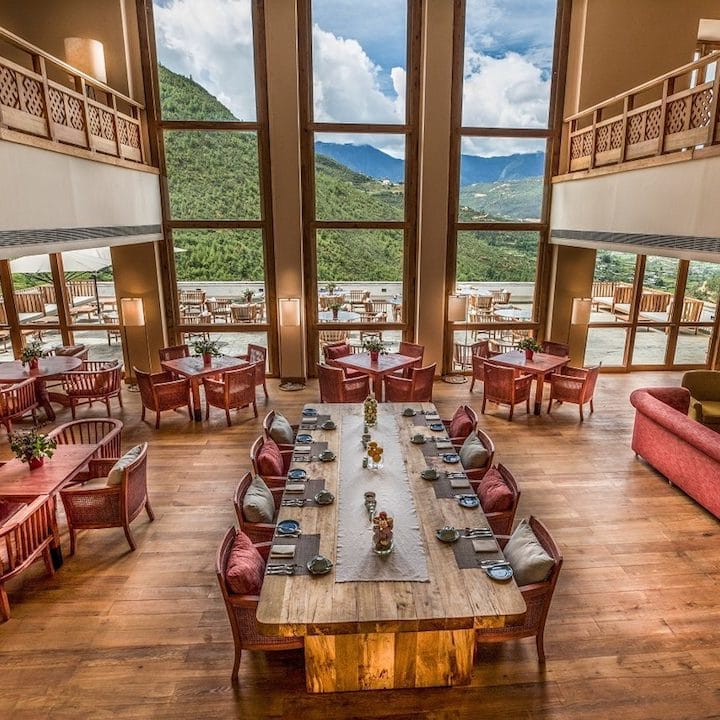
Where to stay
Zhiwa Ling Heritage Hotel
This breathtaking heritage hotel treats you to an unparalleled view of the Paro Taktsang or Tiger’s Nest Monastery, one of the most sacred places in Bhutan. Though it’s built in the traditional Bhutanese style of architecture, the hotel boasts modern amenities, right down to Swiss underfloor heating pipes. The focal point of the property is the Samden Meditation House, where you can sit in undisturbed contemplation.
Zhiwa Ling Heritage Hotel, Satsam Chorten, Paro 12001, Bhutan, +975-8-271277, www.zhiwaling.com
Bhutan Spirits and Sanctuary
This boutique hotel’s striking architecture is inspired by dzongs, Bhutanese fortresses. The calm retreat not only offers dazzling views of the beautiful Neyphu valley but also convenient access to Paro’s main places of interest. The stay includes yoga and mindfulness classes as well as wellness treatments like numtsug or hot oil compression and kunye, a traditional massage. It is not unusual to run into writers, singers, historians and philosophers who are invited as special guests of the hotel.
Bhutan Spirits and Sanctuary, Neyphu Valley, Shaba Paro BT 12001, Bhutan, www.bhutanspiritsanctuary.com
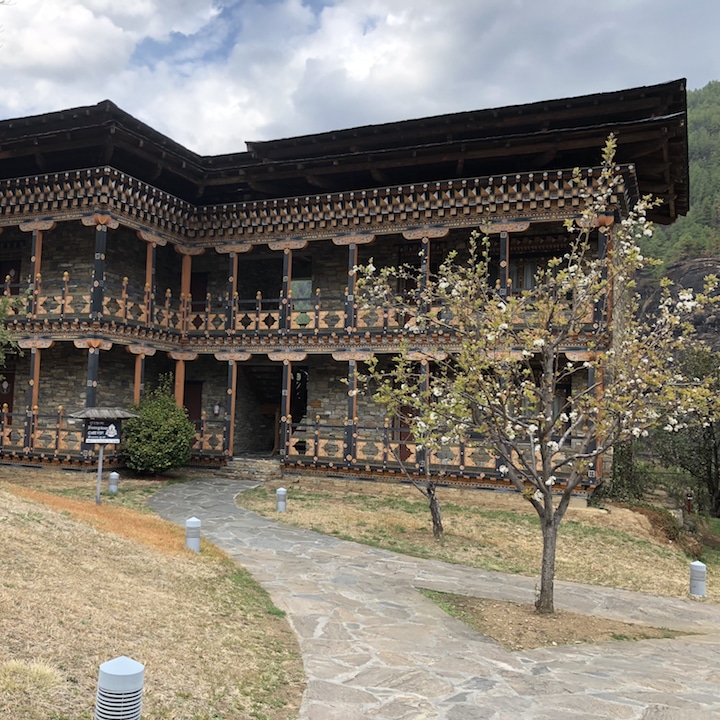 Where to explore
Where to explore
Tiger’s Nest Monastery
A must-do trek is to Paro Taktsang or Tiger’s Nest Monastery, an iconic cliff-hugging, gravity-defying temple complex built in 1692 around a sacred cave. The views of the Paro valley from here are jaw dropping! At 3000m above sea level this is quite a climb, so it’s best to acclimatise for a day or two before you start the 3-hour hike.
Tiger’s Nest, Taktsang trail BT, Taktsang trail, Bhutan, +975 2 323 251, www.en.wikipedia.org/wiki/Paro_Taktsang
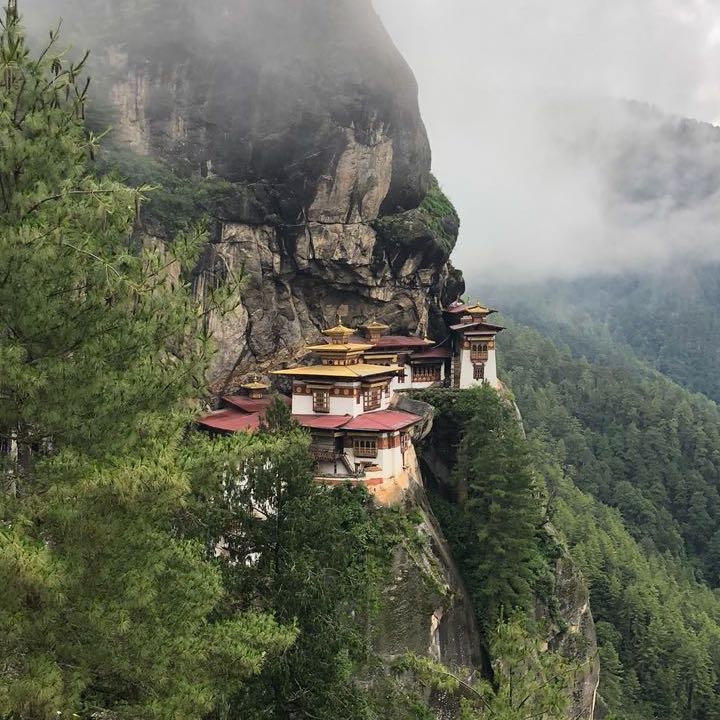
Other attractions in Paro
- National Museum: A distinct round building that stands out from a distance in the Paro valley.
- Rinpung Dzong: Beautiful Bhutanese fortress and monastery which houses the administrative offices of Paro as well as the monastic body.
- Chele La Pass: The highest mountain pass in Bhutan at 3880m above sea level.
Where to eat
Foodies, keep in mind that travel packages usually include all meals (arranged either at your hotel or by your guide at restaurants in the town). From sumptuous Italian fare or Indian cuisine to local delicacies, the buffets at the hotels will more than satisfy your palate.
Paro
Sonam Trophel Restaurant
This modest, family-run restaurant is on everyone’s list for sampling authentic Bhutanese fare. Located on the main Paro street, it has the best of the local delicacies and also vegetarian and vegan options. We especially liked the mouth-watering momos and garlic-fried rice.
Sonam Trophel Restaurant, Paro Tshongdue, above Paro Canteen, Paro 12001, Bhutan
Bukhari at Uma by COMO
The award-winning Bukhari — Bhutanese for wooden fireplace — offers finger-licking good Bhutanese cuisine as well as delectable Western fare. A rare fine-dining experience in the heart of Paro, you can expect an impressive international spread for lunch, while dinner takes the local cuisine to another level.
Uma Como Paro, PO Box 222 Paro Valley, Bhutan, +975 8 271597, [email protected], www.comohotels.com/en/umaparo
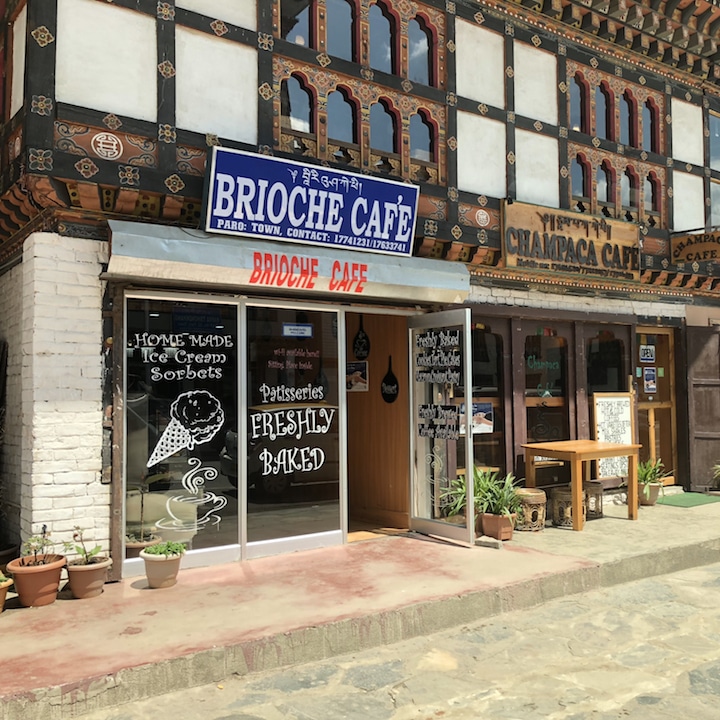
And for your daily fix of coffee, doughnuts and wifi, drop into these cafes on Paro Tshongdue, main road.
Thimphu
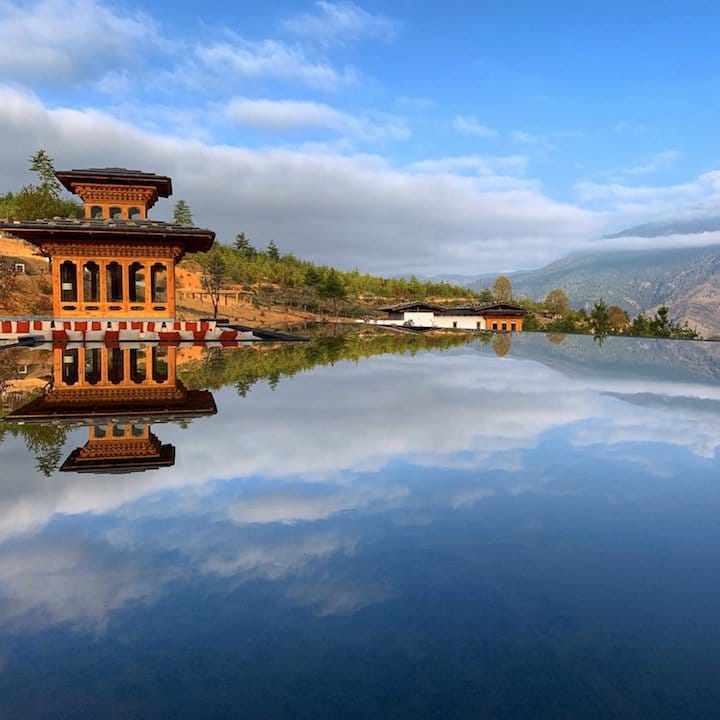
Where to stay
Six Senses Thimphu
This luxury chain has recently opened three fabulous properties in Thimphu, Punakha and Paro. The Thimphu lodge is perched on a hilltop overlooking the 170ft Buddha Dordenma statue in the verdant Thimphu Valley and is aptly called “the Palace in the Sky”. Lodges in Bumthang and Gangtey are set to open soon too.
Six Senses Thimphu, Chunimeding, Babesa, Chang Gewog, Thimphu, Bhutan, +975 2 350 773, www.sixsenses.com/resorts/bhutan/destination
Le Meridien Thimphu
Conveniently located in central Thimphu, this hotel is perfect for small getaways or even bigger events with 4,300 square feet of event space. A shout out to the bar – Latitude 27 – a popular spot to help unwind. And if you want to mix business with pleasure, the hotel has a fully functioning business centre. While the Explore Spa offers a host of treatments in a tranquil setting.
Le Meridien Thimphu, Chorten Lam, P.O. Box 01286, Thimphu, Bhutan, +975 2 337 788, www.marriott.com/hotels/travel/pbhmd-le-meridien-thimphu
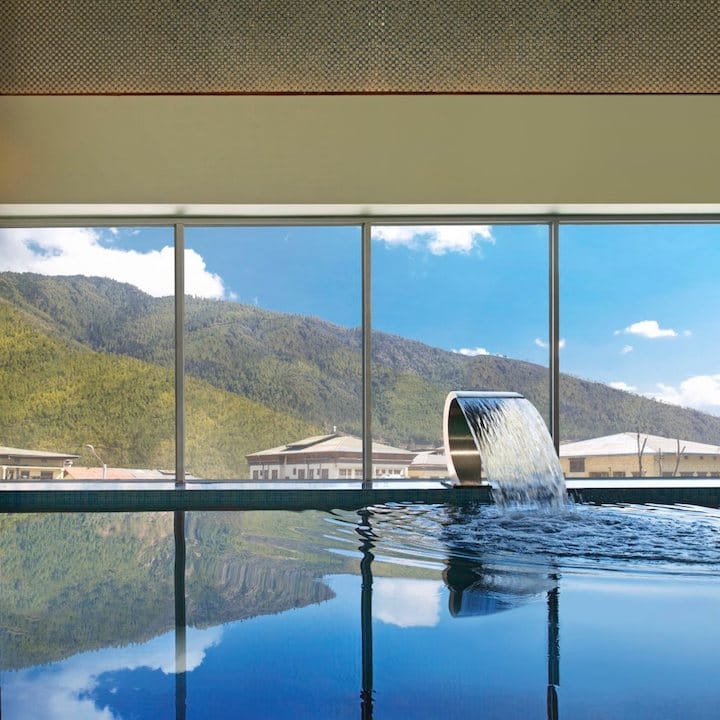
Druk Hotel Thimphu
Another city hotel in the middle of all the action, Druk Hotel is a four star in the heart of Thimphu offering a mix of tradition and a modern flavour. Each of the floors have been styled with a different theme and each room has a view of the mountains. A modern fitness centre, spa and friendly staff put this at the top of our affordable luxury list.
Druk Hotel, Wogzin Lam, Clock Tower Square, Building no. 14, 11001 Thimphu, Bhutan, +975 77198819, www.drukhotels.com/thimphu
Where to explore
Giant Buddha Dordenma
This bronze statue gilded in gold is 177 feet high and towers over the green expanse of Thimphu valley. It is one of the largest Buddha statues in the world. Inside the Buddha, you’ll find one hundred thousand 8-inch tall Buddha statues. It’s not overcrowded with tourists, which makes the visit even more spiritual and meditative.
Giant Buddha Dordenma, Kuenselphodrang, Thimphu, Bhutan, www.buddhadordenma.org
Folk Heritage Museum
Soak in a bit of the traditional culture and way of living at the Folk Heritage Museum. Set in a 19th century-rammed mud and timber house, the museum is surrounded by rice, wheat and millet fields, with a working water mill in the compound. In the three-storey house, the ground floor is reserved for animals, the first floor is for storage, and the top floor is for dining and living.
Folk Heritage Museum, Pedzoe Lam, Thimphu 11001, Bhutan, www.folkheritagemuseum.org.bt/main/main.php
Tashichho Dzong
Sprawling and majestic, this 13th-century fortress is where the king’s offices and throne room are located.
Tashichho Dzong, Chhagchhen Lam, Thimphu, Bhutan.
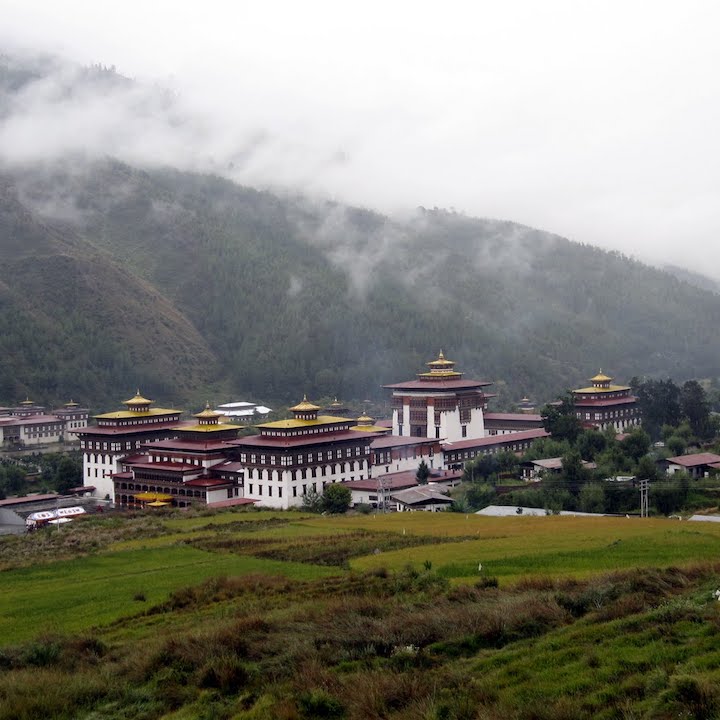
Other attractions in Thimphu
- Dochu La Pass: On the road from Thimphu to Punakha with 108 memorial chortens or stupas and scenic views of the Himalayas.
- Memorial Chorten: A Thimphu landmark with a distinct golden spire.
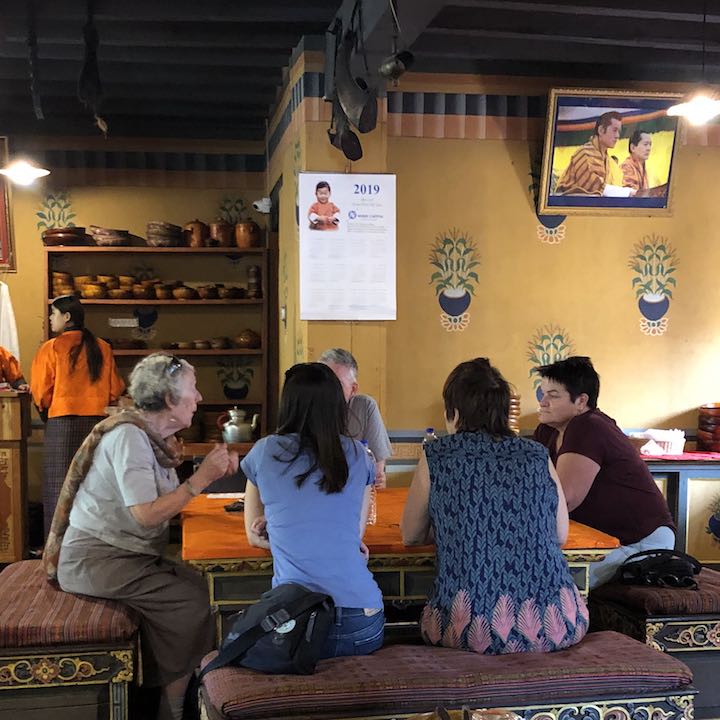
Where to eat
Folk Heritage Museum Restaurant
Authentic Bhutanese cuisine at the folk museum is served to you in a very colourful traditional setting. Drink the salty butter tea and munch on roasted red rice. The local favourite is Ema Datshi, a chilli cheese dish that defines the Bhutanese love for cheese.
Folk Heritage Museum, Pedzoe Lam, Thimphu 11001, Bhutan, www.folkheritagemuseum.org.bt/main/main.php
Aie Restaurant & Bar at Terma Linca
We love this one for the gorgeous views of the Wang Chhu river and the lovely service. The bar on the lower floor opens up to a cobbled patio on the river bed. Serving multiple cuisines, the crunchy french fries and gooey brownies were right up our alley.
Aie Restaurant & Bar at Terma Linca Resorts & Spa, Debsi Babesa, Phuntsholing – Thimphu Highway, Bhutan, +975 2 351 490, www.termalinca.com
Seasons Pizzeria Restaurant
When you are craving a bite of Western comfort food but you’re keen to try the Bhutanese chilli cheese on your pizza, this is the place to go.
Seasons Restaurant. Dondrub Lam, Thimphu, Bhutan,+975 2 327 413, www.seasonspizzeria.com
Punakha
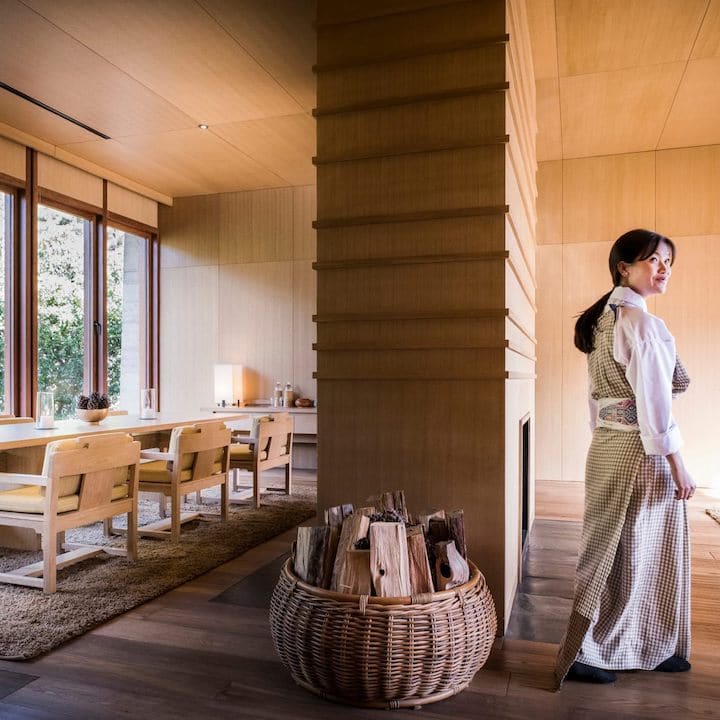
Where to stay
Amankora Punakha Lodge
This Lodge is set in tranquil wilderness overlooking green rice terraces and an orange orchard. A delightful walk across a colourful suspension bridge over the Mo Chhu River will get you there. The property houses a traditional Bhutanese farmhouse built by a former Je Khenpo, the Chief Abbot of Bhutan.
Amankora Punakha Lodge, Habesa Guma Geog PO Box 333 Punakha 975, Bhutan, www.aman.com/resorts/amankora
Dhensa Boutique Resorts
A boutique hotel with a contemporary minimalist look, beautifully blended with Bhutanese architecture. Dhensa packs it all in, with beautiful views of Punakha river and valley, walking trails through pine forests and a spa to rejuvenate and refresh after a long day exploring.
Dhensa Boutique Resorts, Post Box No.117 Wolakha Punakha, Bhutan, +975 2 584434, [email protected], www.dhensa.com
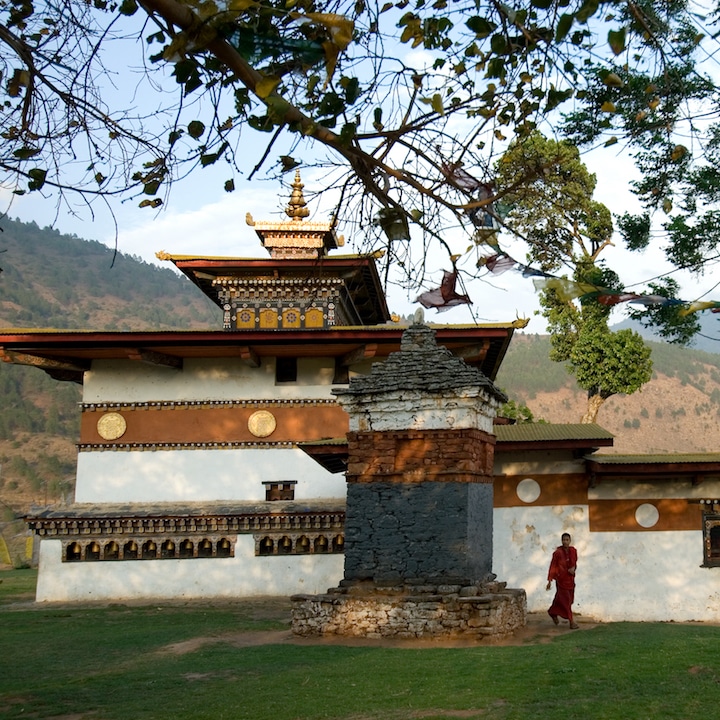
Where to explore
Chimi Lhakhang
The temple of fertility was built on a site blessed by the famous Buddhist saint, Lam Drukpa Kuenley — also known as the “Divine Madman” of Bhutan. He was given this nickname owing to his maverick ways of teaching Buddhism, such as advocating that the phallus be revered and be painted on the walls of houses in Punakha. The visiting pilgrims today, particularly women, are blessed by tapping a 10-inch wooden phallus on the head.
Chimi Lhakhang, Near Lobesa, Punakha, Bhutan
Other attractions in Punakha
- Punakha Dzong: The administrative centre of Punakha. A beautiful and majestic structure built by the Mo Chhu and the Pho Chhu rivers.
- Punakha Suspension Bridge: One of the many suspension bridges in Bhutan with fantastic views of the Pho Chhu river.
Where to eat
Amankora Punakha Lodge
Even if you’re not staying at the hotel, Amankora offers divine dining experiences. The open-air Potato Shed dinner at its Gangtey Lodge features a hundred flickering candles and you’ll be serenaded with live Bhutanese music during your star-lit barbecue. Our favourite experience at the Punakha Lodge is dining on the banks of the Mo Chhu river.
Amankora Punakha Lodge. Habesa Guma Geog PO Box 333, Punakha 975, Bhutan, www.aman.com/resorts/amankora
Chimi Lhakhang Cafeteria
Serving delicious Asian cuisine, this place is open for breakfast, lunch and dinner. With views overlooking paddy fields and villages, it’s an ideal place for a meal or just a strong coffee.
Chimi Lakhang Cafetaria. Chimi Lakhang Trail Village of Sopsokha, Punakha 13001, Bhutan, www.facebook.com/chimilhakhang
Experiences
Whilst you explore all that Bhutan has to offer, weave in these stand-out experiences:
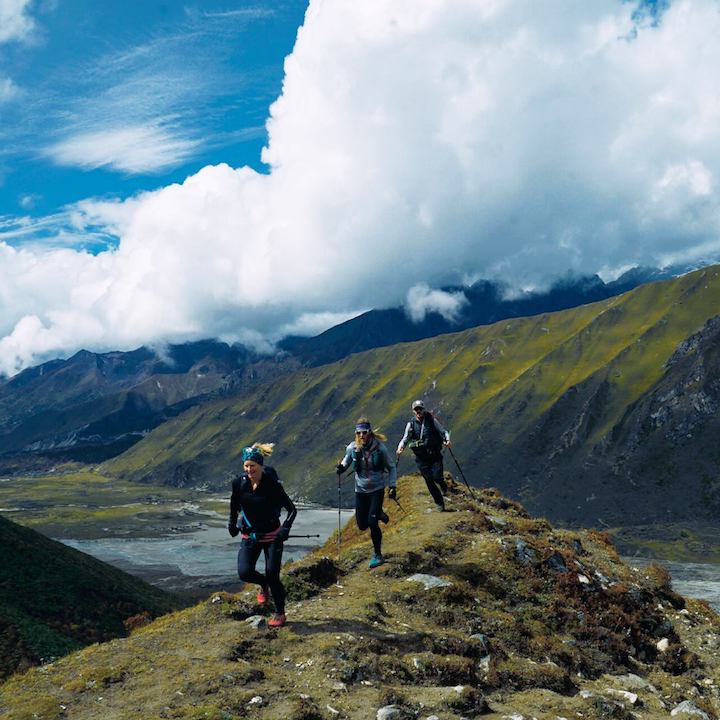
Trekking
There is no better way to take in the rugged beauty of the untouched Himalayas than on foot. Bhutan is a trekkers’ paradise with some trails lasting for a few hours, whilst others last a month or more. The Snowman’s trek is one of the more popular trekking routes and is serene and beautiful (and exhausting!). It takes an average of 9 hours of walking over 30 days to reach 5320m above sea level. The 13 mountain passes reward you with once-in-a-lifetime views.
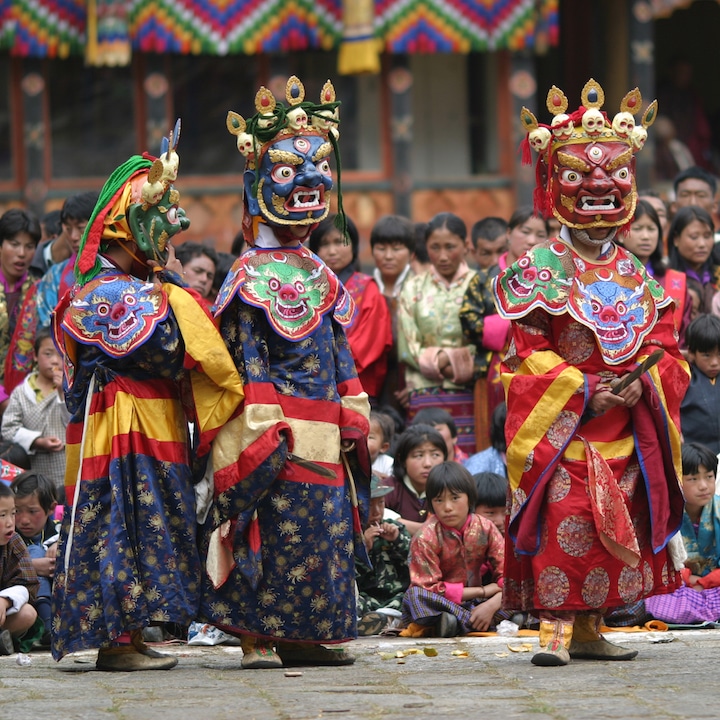
Festivals
Festivals (tshechus) are exuberant, colourful, visual fiestas which bring entire communities together and are big tourist draws. Every temple and dzong or fortress, holds one annually so they are, thankfully, easy to catch. The biggest one in the spring is the Paro Tshechu where masked men, including monks, dress up in dazzling brocade costumes and perform choreographed dances as they unfold old Buddhist tales. The Haa Summer festival set in the gorgeous Haa valley celebrates the nomadic and traditional lifestyle of Bhutan. August sees another major festival in Thimphu.
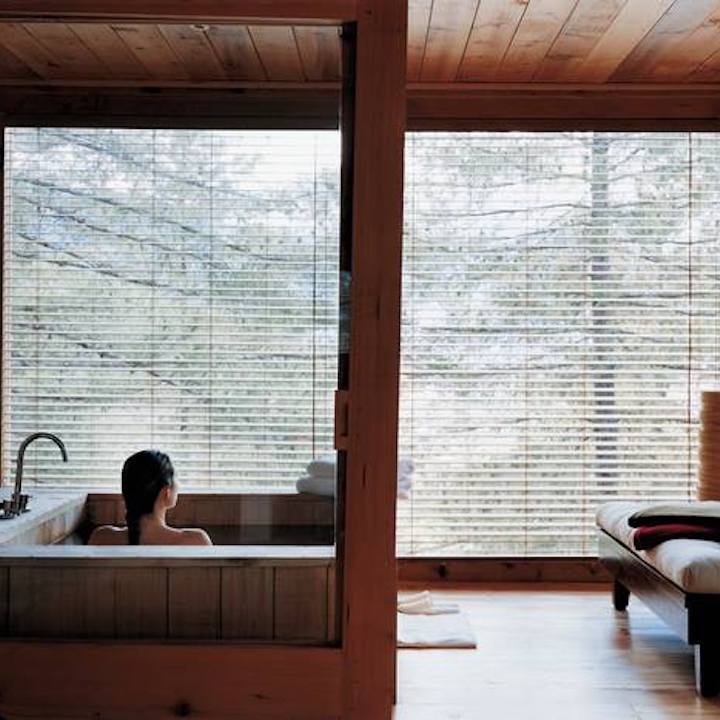
Hot Stone Baths
Indulge in an ancient practice stemming from 7th century Tibet and Indian Ayurveda and step into a bath drawn from fresh river water. The water is heated by hot stones dropped into a chamber in the wooden tub. Minerals mix with essential oils from Artemisa leaves, making the whole experience meditative and relaxing. Versions of these baths exist all over Bhutan, from luxurious five-star resorts to quaint, rustic farmhouses. The ultimate in luxury version is at the Uma Paro resort, set in a spacious and leafy compound with a modern spa looking out to sublime views of the Paro Valley.
Uma Como Paro, PO Box 222 Paro Valley, Bhutan, +975 8 271597, [email protected], www.comohotels.com/en/umaparo
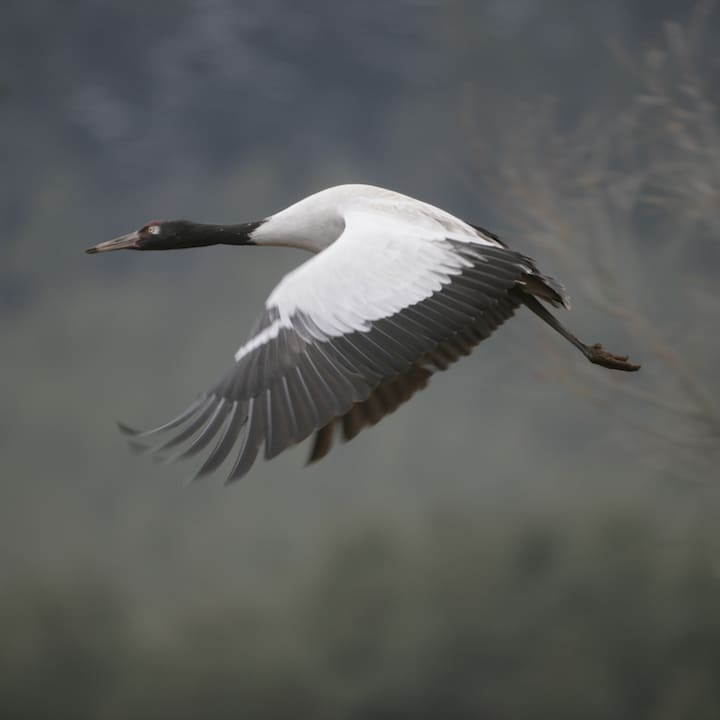
Black Cranes in Phobjikha Valley
This can only be described as unreal nature, at its best. The vast grassy, glacial valley welcomes the threatened black-neck cranes from Tibet every October. Amazingly, these birds circle the Gangteng Monastery three times both on their way in and also as they return to Tibet. Catch the Crane Festival held every year on 12 November with the Gangtey Monastery as a backdrop and watch cute kids (dressed up as cranes) dance.
Phobjikha. Wangdue Phodrang, Bhutan
Key Phrases
Bhutanese people are some of the most friendly and welcoming people in the world and it is easy to get by as almost everyone speaks English. But if you’re looking to pick up a few icebreakers in “Dzongkha”, the Bhutanese national language, try saying “kuzu zangpo” instead of “hello” and “tashi delek” for good luck. Add a “log jay gay” as you depart to say “we will meet again” – because trust us, you will want to go back!
Featured image courtesy of Six Senses via Facebook, image 1 courtesy of Bhutan Spirit and Sanctuary, image 2 courtesy of Mezmer Journeys, image 3 courtesy of Mezmer Journeys, image 4 courtesy of Uma COMO Hotels and Resorts via Facebook, image 5 courtesy of Mezmer Journeys, image 6 courtesy of Six Senses via Facebook, image 7 courtesy of Le Meridien via Facebook, image 8 courtesy of Amankora via Facebook, image 9 courtesy of Stefan Krasowski via Flickr, image 10 courtesy of Mezmer Journeys, image 11 courtesy of Amankora via Facebook, image 12 courtesy of The Tourism Council of Bhutan, image 13 courtesy of Amankora via Facebook, image 14 courtesy of The Snowman Trek via Facebook, image 15 courtesy of The Tourism Council of Bhutan, image 16 courtesy of Uma COMO Hotels and Resorts via Facebook, image 17 courtesy of The Tourism Council of Bhutan.

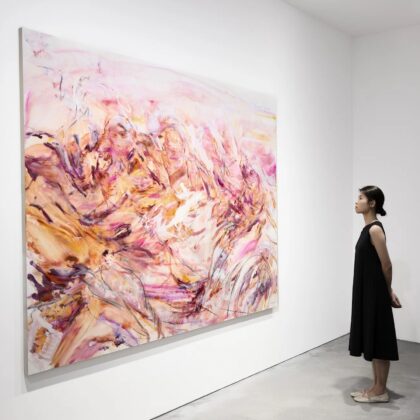
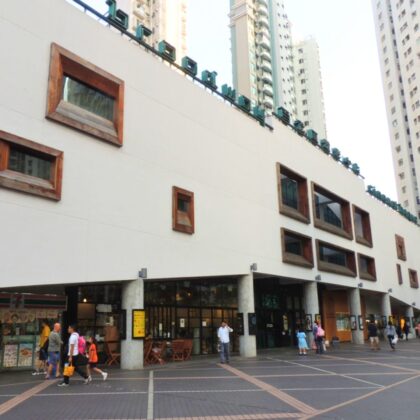
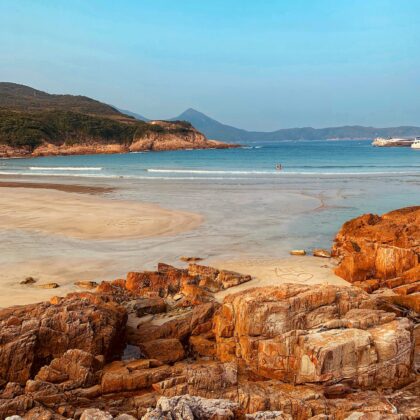
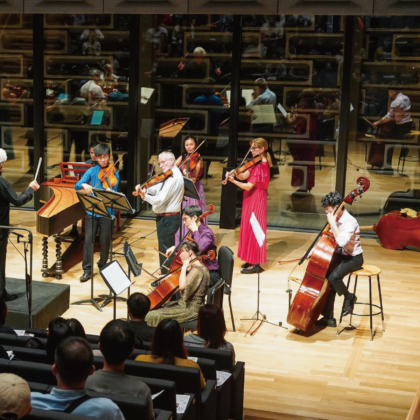
 Eat & Drink
Eat & Drink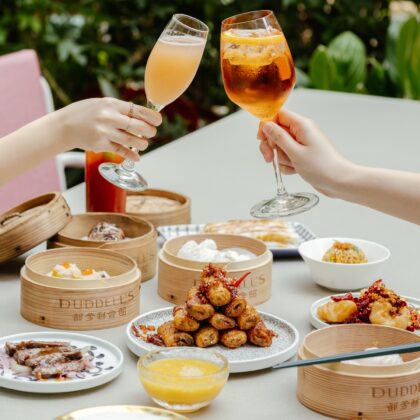
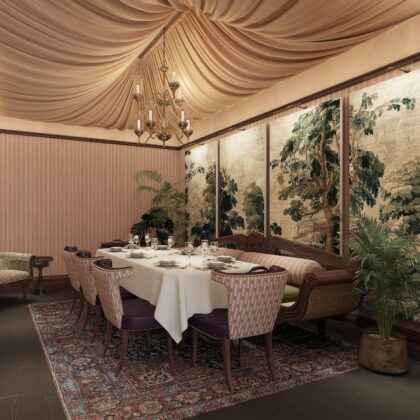
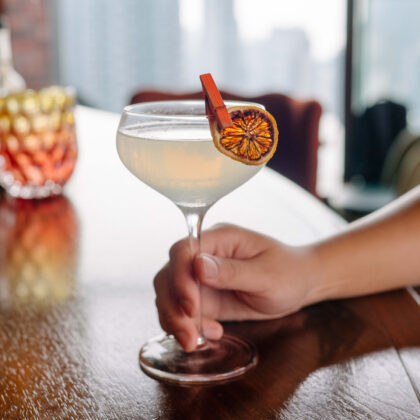
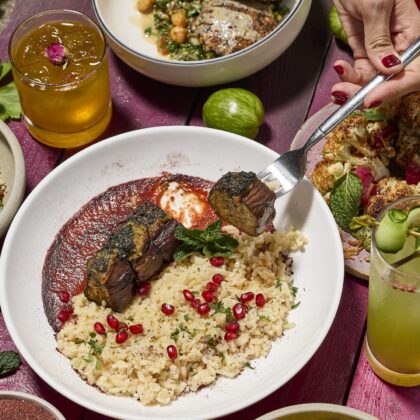
 Travel
Travel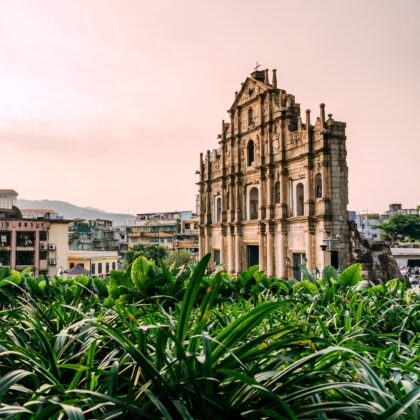
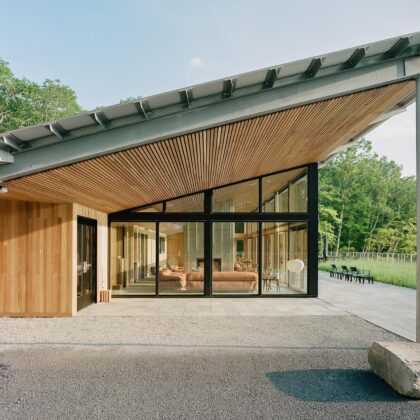
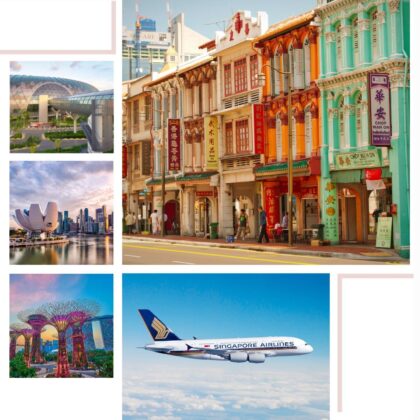
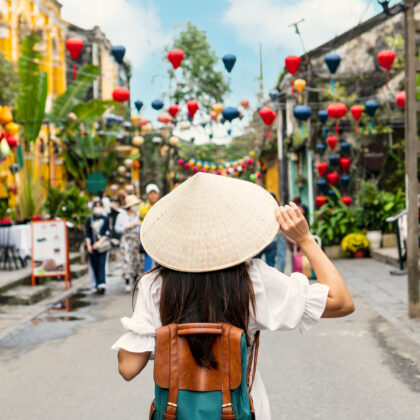
 Style
Style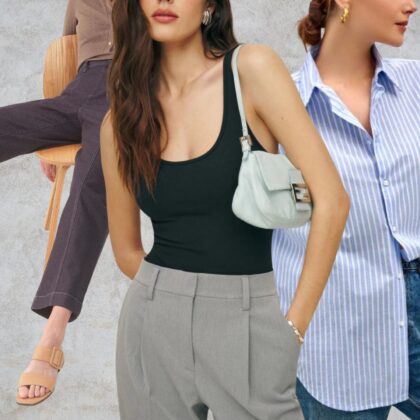
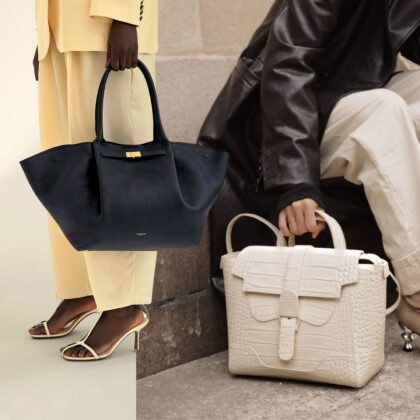
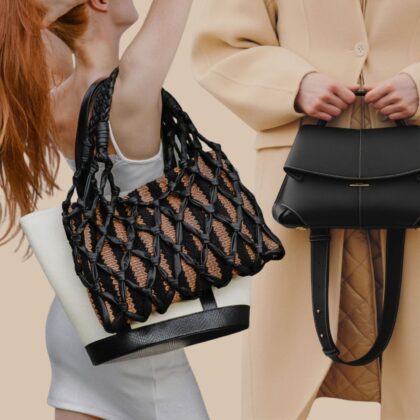

 Beauty
Beauty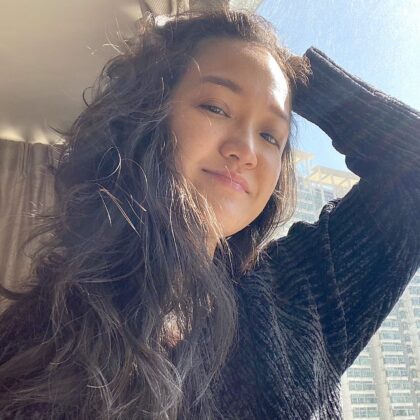

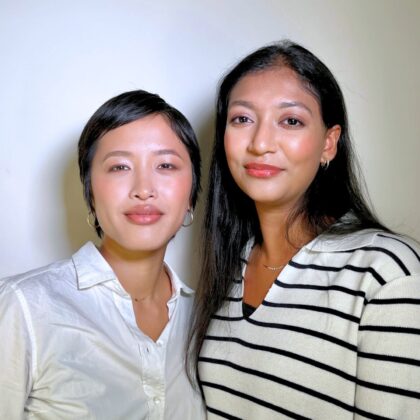

 Health & Wellness
Health & Wellness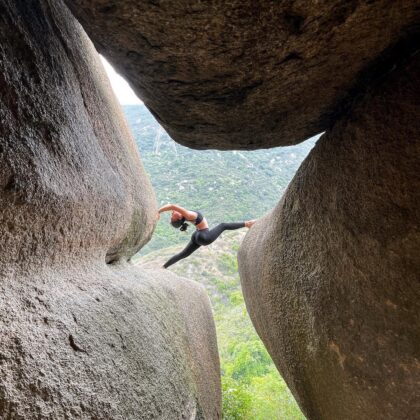
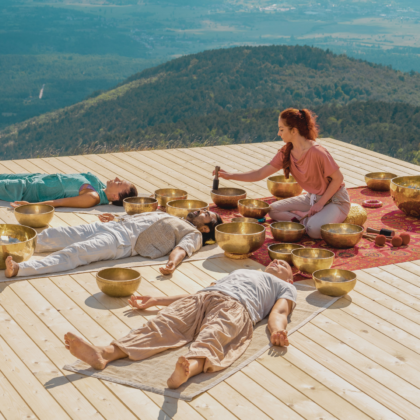

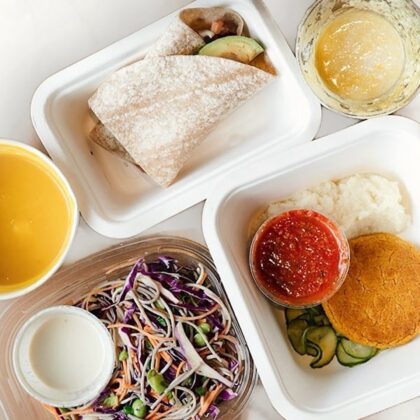
 Home & Decor
Home & Decor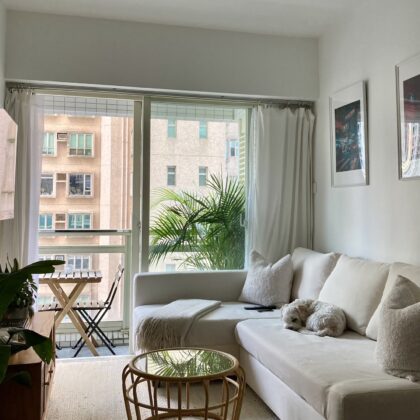
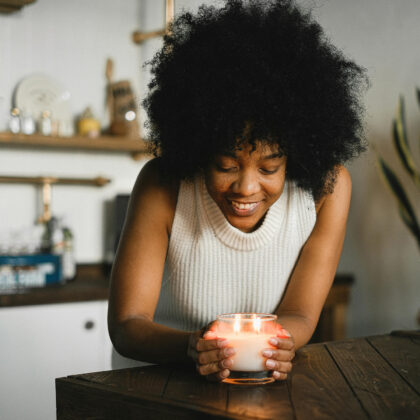
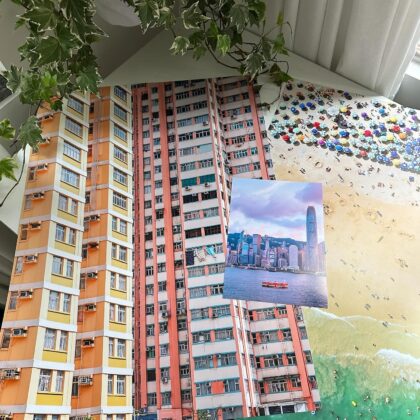
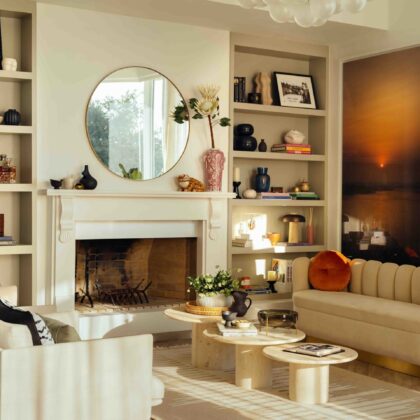
 Lifestyle
Lifestyle
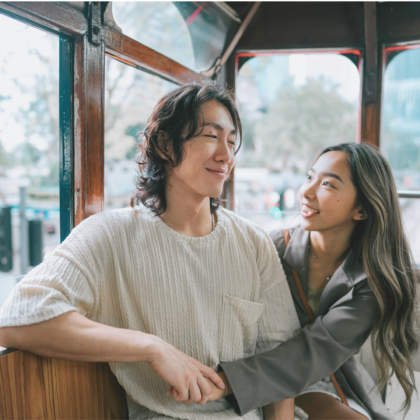
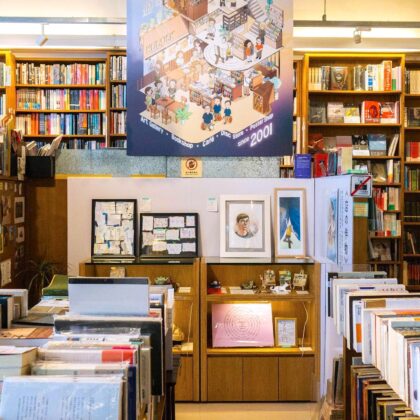
 Weddings
Weddings